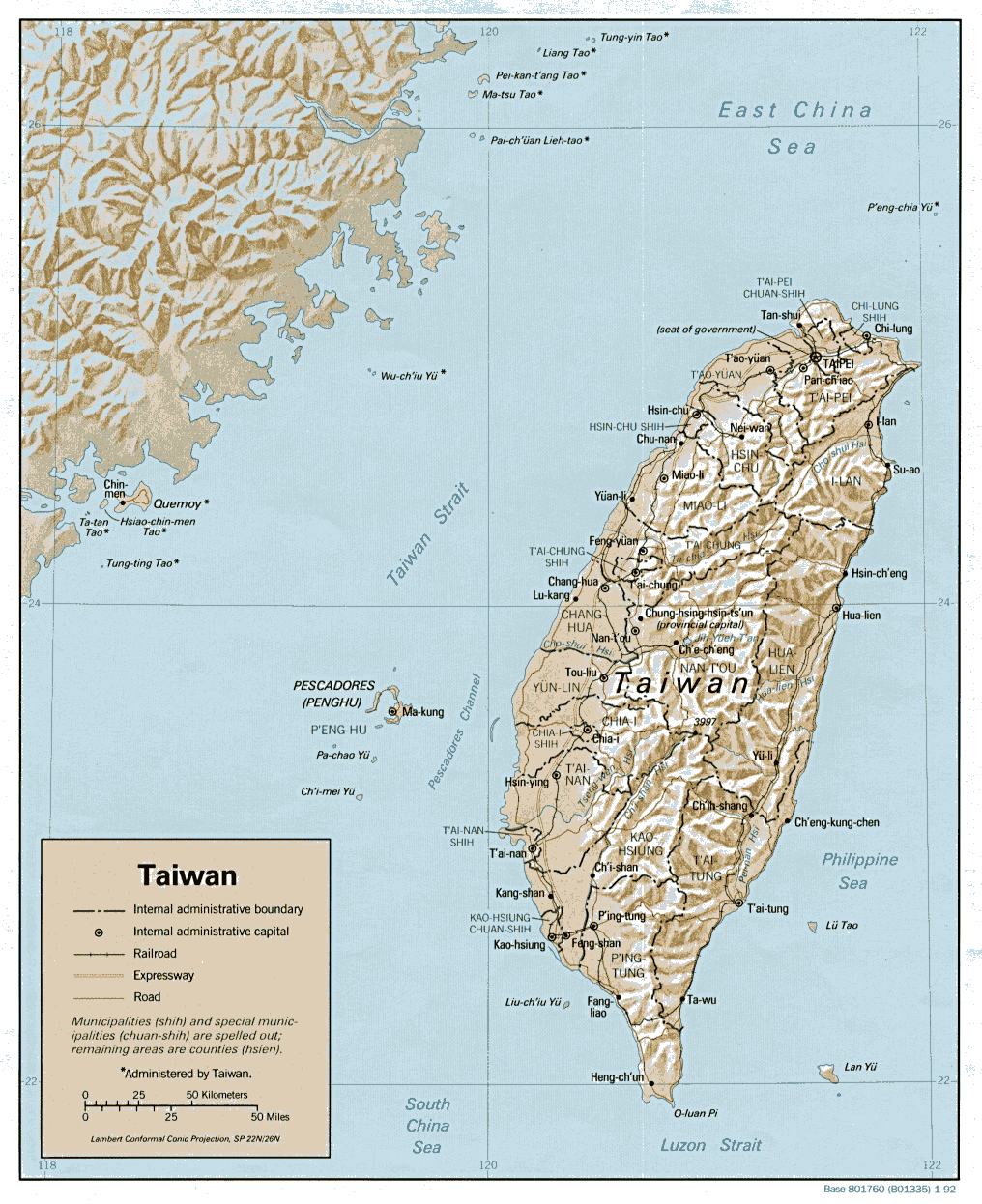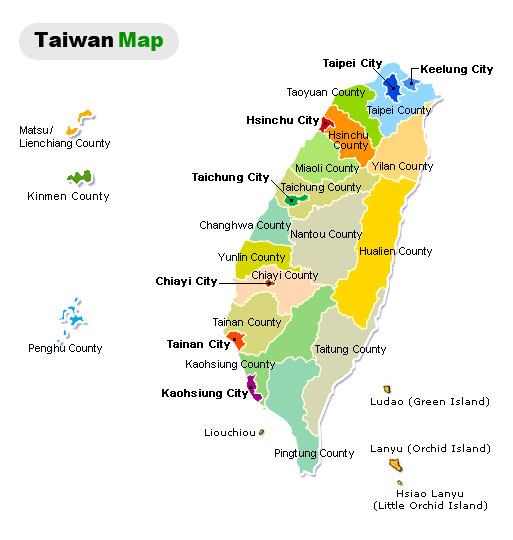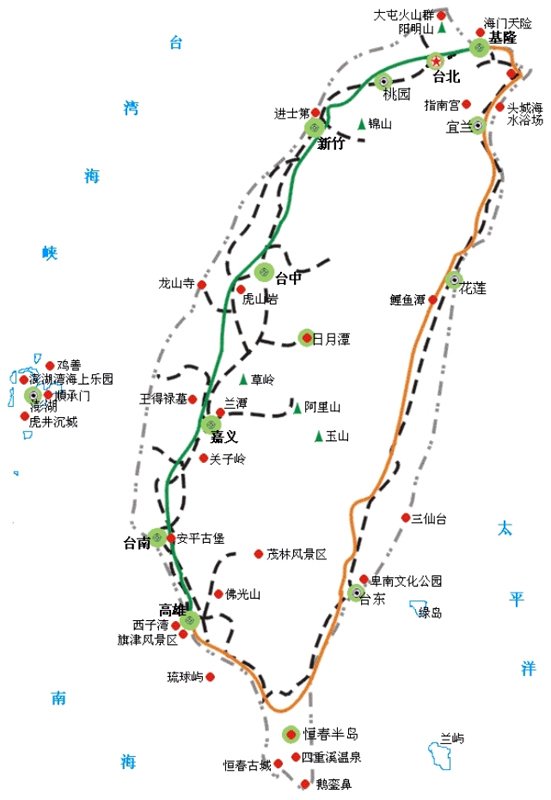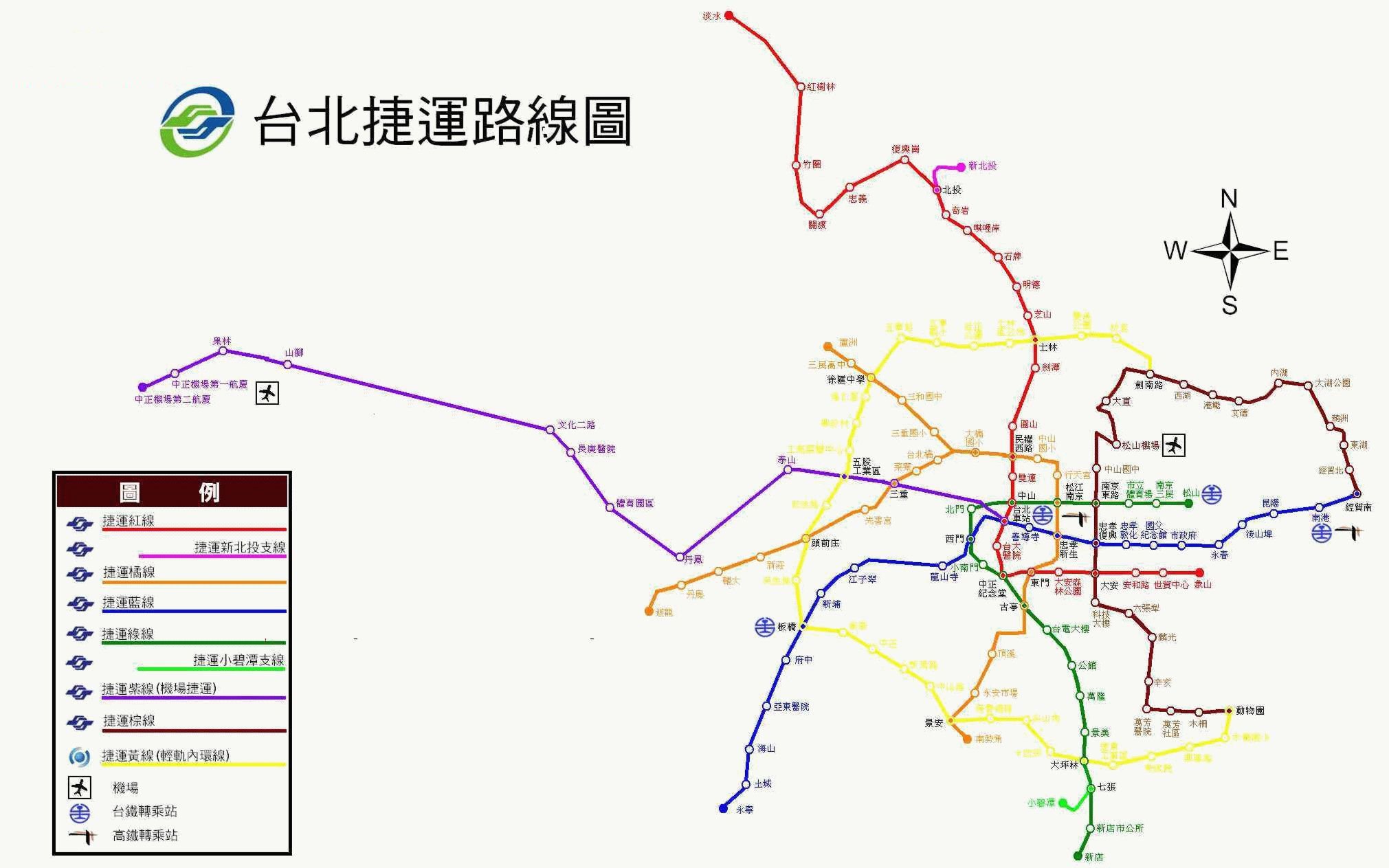The City of Naga (Bikol: Ciudad nin Naga, Maogmang Naga; Filipino: Lungsod ng Naga) is a first class independent component city in the Philippines. Naga is 377 kilometres south-east of Manila, the nation's capital, and about 380 kilometres north-east of Cebu City
Naga City is at the core of Metro Naga, an unofficial designation given the City and 14 municipalities in the area administered by the Metro Naga Development Council. MNDC covers the entire 2nd district of the province of Camarines Sur, and part of its 1st, 3rd and 4th districts.
Before the coming of Spanish conquerors, Naga was already a flourishing village along the banks of the Naga River. It was an important village with comparatively sophisticated weaponry and surprisingly advanced culture.
For hundreds of years during the Spanish colonial era, the Naga that we know now was the center of trade, education and culture, and the seat of governmental and ecclesiastical jurisdiction in Bicol and parts of modern Southern Tagalog and Central Luzon.
In 1573, on his second expedition to this region, the conquistador Juan de Salcedo landed in a village and named it "Naga" because of the abundance of Narra trees ("Naga" in Bikol) in the place, although some local historians now believe the term naga came from a similar word found in the languages of the Bataks of Sumatra and the Dayaks of Borneo, meaning "serpent/dragon". The same word is found in other Philippine languages and according to local historian Danilo Gerona, the ancient Tagalogs and Pampangos used a decorative figurehead on the prows of their seacrafts in the shape of the head of a dragon or snake which they called naga. In 1575, Captain Pedro de Chávez, the commander of the garrison left behind by Salcedo, founded on the site of the present business centre (across the river from the original Naga) a Spanish city which he named La Ciudad de Cáceres, in honor of Francisco de Sande, the governor-general and a native of the city of Cáceres in Spain. It was still by this name that it was identified in the papal bull of August 14, 1595 that erected the See of Cáceres, together with those of Cebú and Nueva Segovia, and made it the seat of the new bishopric under the Archdiocese of Manila.
In time, the Spanish city and the native village merged into one community and became popularly known as Nueva Cáceres, to distinguish it from its namesake in Spain. It had a city government as prescribed by Spanish law, with an ayuntamiento and cabildo of its own. At the beginning of the 17th century, there were only five other ciudades in the Philippines. Nueva Cáceres remained the capital of the Ambos Camarines provinces and later of the Camarines Sur province until the formal creation of the independent chartered city of Naga under the Philippine Republic.
The bishops of Cáceres occupied a unique place in the Philippine Catholic hierarchy during most of the Spanish regime. By virtue of the papal bull of Gregory XIII, ecclesiastical cases originating in the Spanish East Indies, which ordinarily were appealable to the Pope, were ordered to be terminated there and no longer elevated to Rome. Decisions of bishops were made appealable to the archbishop and those of the latter to the bishop of the nearest see. Thus, in the Philippines, the decisions of the Archbishop of Manila were subject to review by the Bishop of Cáceres whose jurisdiction then extended from the whole Bicol region, the island-province of Marinduque and the present-day Aurora, which was once part of the former Tayabas province, which is now the province of Quezon. In this sense, bishops of Bikol were delegates of the Pope and could be considered primates of the Church of the Philippines. This was the reason why bishops of Cáceres and archbishops of Manila were sometimes engaged in interesting controversies in the sensational Naga case and in such issues as canonical visitation and the secularization of the parishes. As papal delegate, Bishop Francisco Gaínza, then concurrent bishop of Cáceres, sat in the special ecclesiastical tribunal which passed upon the civil authorities' petition to divest Fathers Burgos, Gómez, and Zamora of their priestly dignity. Gaínza did not only refuse the petition but also urged their pardon. With the advent of the American rule, the city was reduced to a municipality. In 1919, it lost its Spanish name and became officially known as Naga. It acquired its present city charter in 1948, and its city government was inaugurated on December 15 of the same year by virtue of Republic Act No. 305. Rep. Juan Q. Miranda sponsored this legislative act which put flesh into the city's bid to become among the only few independent component cities in the country.
Naga City is at the core of Metro Naga, an unofficial designation given the City and 14 municipalities in the area administered by the Metro Naga Development Council. MNDC covers the entire 2nd district of the province of Camarines Sur, and part of its 1st, 3rd and 4th districts.
Before the coming of Spanish conquerors, Naga was already a flourishing village along the banks of the Naga River. It was an important village with comparatively sophisticated weaponry and surprisingly advanced culture.
 Travel Guide | Taiwan City |  Perry-Castañeda Library Map |  I want to introduce a city |  Tourist Map |  Map of Taiwan |
 TAIPEI CITY Map |  Taipei City Map |  City Transport Map |  Tainan City (traditional |  Moving to a New City |
In time, the Spanish city and the native village merged into one community and became popularly known as Nueva Cáceres, to distinguish it from its namesake in Spain. It had a city government as prescribed by Spanish law, with an ayuntamiento and cabildo of its own. At the beginning of the 17th century, there were only five other ciudades in the Philippines. Nueva Cáceres remained the capital of the Ambos Camarines provinces and later of the Camarines Sur province until the formal creation of the independent chartered city of Naga under the Philippine Republic.
 Hsinchu City 300, Taiwan |  台北交通地圖 City Map of |  Taiwan Cities Maps (With |  Taipei Taiwan : City Map of |  City Inn Hotel (1 Building) |
 Taipei City Map |  City map of Taipei City, |  TAIWAN 2010. KOREA |  The double-sided map of Taiwan |  Taiwan Map |
No comments:
Post a Comment